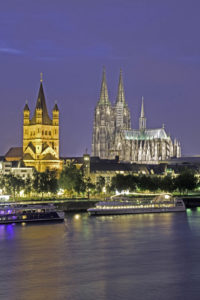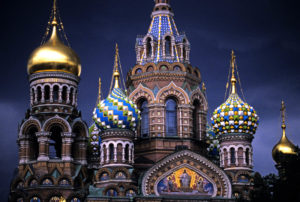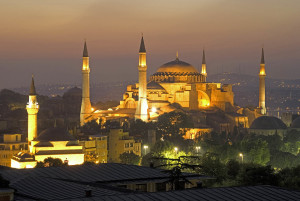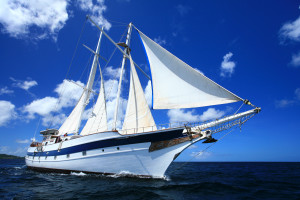transportation

Cologne Cathedral on Rhine River at night — but watch for water levels. Photo by Dennis Cox/WorldViews
What are the best seasons to travel?
I’m tempted to answer that FAQ with a one-word answer: Anytime. You’ll almost always find something positive in any trip, even if it rains every day.
But that’s the easy way out. A lot depends on where you’re going and what your specific interests are in that place. And a few destinations are limited to one particular season of the year.
Weather is often — though not always — the key factor.
A trip to Finland in summer, for instance, is very different than a trip to Finland in winter. Both have their charms — as do the fall and spring seasons there, for that matter. But you might as well be traveling to two different countries in the Finnish July and January.
Most travelers… Continue reading

Before you fly, make sure your medical condition won’t hold you back
Note: This is the fourth in a series of guest posts on traveling with a medical condition by British writer Laura Miller. In this post, Laura provides advice on flying with a medical condition and obtaining the right vaccinations and visas for your trip.
By Laura Miller
Flying with a medical condition
While traveling with many medical conditions is generally safe, airlines do have the right to deny passengers who could suffer complications in the air.
For those travelling by plane, the most common in-flight problems are:
• Neurologic events
• Cardiac events
• Respiratory events
• Gastrointestinal events
• Vasovagal syncope (fainting)
If you’re worried about the risk of being denied passage, it’s worth speaking to your doctor to ask for medical clearance. Consider if any of the following apply:
• You could compromise the safety of… Continue reading

St. Petersburg, Russia: can be visited without a visa. Photo by Dennis Cox/WorldViews
Note: This is the sixth in a series of Baby Boomer Travel Guides and the fourth in the series focusing on transportation options around the world. Please go here, here, and here for the previous posts.
Scandinavia and the Baltic States compose far Northern Europe (we’ll cover Germany, The Netherlands, and some other northern European countries in a subsequent post), and feature some of the best scenery, most sparsely populated spaces, and lively yet historic cities in Europe.
Ships and trains offer the most convenient and comprehensive forms of transportation here, but driving among some of the countries is certainly doable.
And Denmark, especially, is well-suited to biking, with plenty of bike paths and flat terrain.
Getting Around The Baltics
The Baltic region is excellent for cruising because the main ports — Oslo,… Continue reading

Hagia Sophia (Church of the Holy Wisdom) at dawn in Istanbul, Turkey. Photo by Dennis Cox/WorldViews
Note: this is the fifth in a series of Baby Boomer Travel Guides. In our last post, we looked at the options for seeing the Caribbean. Today we focus on means of transport around the Mediterranean Sea.
When traveling around the Mediterranean region, you have a full range of options: taking a cruise ship or ferry boat, driving, taking trains, or flying between destinations.
(If you’re on a guided tour, you’ll most likely be traveling by bus, though other forms of transport may figure in as well.)
How you choose to get around this endlessly fascinating area is one of the biggest decisions you’ll make — maybe the biggest decision — regarding your Mediterranean trip. It will color your entire experience — for the better, we hope.
Each mode of transport has its… Continue reading

The Diamant, Island Windjammers’ 12-passenger sailing ship. Photo from Island Windjammers
How you get to where you’re going can be just as crucial to the success of your trip as the destination itself.
And in some cases, the mode of transport is, in effect, the destination.
Ocean cruises are an obvious example of the latter.
When you choose to see the world by cruise ship, you’re committing yourself to spending most of your time at sea and limiting your sightseeing on land to ports or places that are within a few hours’ drive by tour bus, taxi, or rental car from the ports.
But ocean- and sea-going vessels come in many shapes and forms — from small sailing ships to floating behemoths — that can make for entirely different journeys themselves.
Or say you want to take the Trans-Siberian Express (train) from China to… Continue reading










